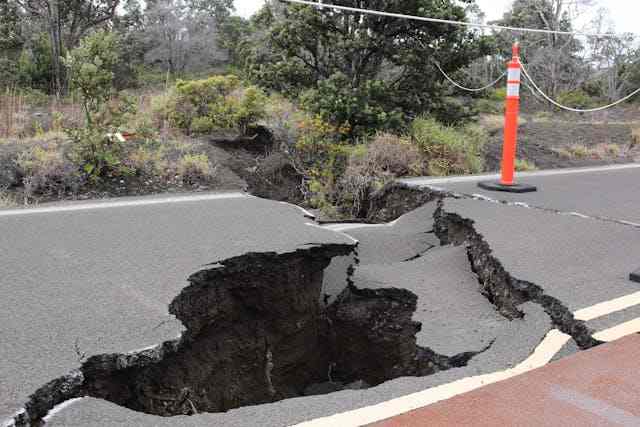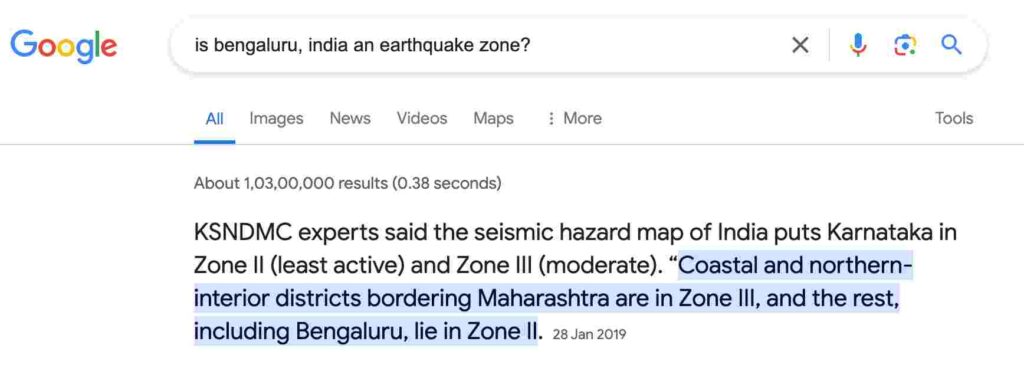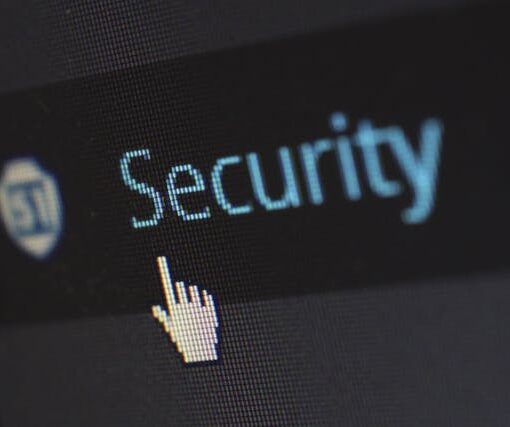One should be aware of the basic knowledge about earthquakes. In fact, this basic knowledge is also taught in school days, but we should keep reading this information now and then to keep the memory and general knowledge up to date.
An earthquake is the shaking of the ground caused by a sudden release of energy in the Earth’s crust. This energy release happens when large pieces of Earth’s crust (tectonic plates) suddenly slip past each other. The slippage creates vibrations that travel through the Earth in waves, which we feel as shaking.
How does an Earthquake occur?
- The Earth’s outer shell is broken up into giant, rigid plates which are also called Tectonic Plates that move slowly over the Earth’s mantle.
- As these tectonic plates move, they grind against each other and this friction builds up pressure along the fault lines
- When the built-up pressure gets too high, the rocks along the fault line can’t hold it anymore and they break and have a sudden release of energy which sends out waves of vibration that travel through the earth’s crust causing the ground to shake.
The strength of an earthquake depends on the amount of energy released. Earthquakes can range from very weak tremors that you might not even feel, to violent quakes that can cause widespread destruction.

Are there any earthquake zones defined in the world?
Yes, there are many earthquake zones defined around the world. These zones are areas with a high probability of experiencing earthquakes because they lie along the boundaries of tectonic plates. The boundaries between plates are where most earthquakes happen.
These zones are also known as seismic zones or fault zones.
The most famous earthquake zone is probably the circum-Pacific belt, also known as the Ring of Fire. This horseshoe-shaped zone around the Pacific Ocean is home to about 75% of the world’s volcanoes and a large percentage of its earthquakes.

Some major earthquake zones around the world:
- The Alpine-Himalayan belt, which stretches from the Mediterranean Sea to Southeast Asia
- The Mid-Atlantic Ridge, which runs down the center of the Atlantic Ocean
- The East African Rift, which is a large crack in the Earth’s crust that runs through eastern Africa
Is there any official website for earthquakes?
There isn’t one single official earthquake government website since earthquake monitoring is handled by individual countries or regions. Some websites from the US and India are:
- U.S. Geological Survey (USGS) – https://earthquake.usgs.gov/earthquakes/map/)
- National Center for Seismology (NCS) – Official website of National Center for Seismology, Government of India: www.seismo.gov.in
- For other countries, you can try to search for “[country name] earthquake government website” to find the relevant organization responsible for earthquake monitoring.
What should I do if I feel an earthquake?
If you are indoors
Drop, Cover, and Hold on. Be ready to apply these three actions in case such emergency situation arises.
- Drop – Get on your hands and knees immediately
- Cover – Take cover under a sturdy piece of furniture, such as a desk or table. If there’s no furniture nearby, protect your head and neck with your arms by getting low next to an interior wall, away from windows, bookcases, or other falling objects.
- Hold on to the furniture you’ve sheltered under until the shaking stops.
- Stay away from windows, mirrors, and hanging objects
- Do not use elevators
- Stay indoors until the shaking stops
If you are outdoors
- Move away from buildings, power lines, trees, and anything else that could fall on you:
- Once you’ve moved to a safe open space, get on your hands and knees.
- Always protect yourself from falling debris by covering your head and neck with your arms if a situation arises
- Stay away from slopes and cliffs because of the possibility of landslides during such a situation
How to seek help if stuck in an earthquake?
Do’s
- Stay calm and try to conserve your energy. Shouting for long periods can be tiring and reduce your chances of rescuers hearing you.
- Signal for help. Tap on a pipe or wall repeatedly to create a noise that rescuers can detect. This is often more effective than shouting.
- If you have a flashlight or can create a light source, try to signal rescuers with short bursts of light.
- If you have a cellphone signal and the phone isn’t damaged, try calling emergency services in your area or sending a text message for help.
- In some cases, people trapped under rubble have used social media to alert rescuers of their location. This is not a guaranteed method, but it can be helpful if traditional methods fail.
- Rescue efforts might take time, so try to stay positive and wait patiently.
- If you have access to any food, water, or medication, utilize them carefully.
Don’t
- Don’t light fires. This can create dangerous fumes or ignite leaking gas.
- Avoid creating any sort of dust. Dust can make it difficult for rescuers to see you and can also irritate your lungs.
Further References
- https://www.ready.gov/earthquakes
- Red Cross https://www.redcross.org/get-help/how-to-prepare-for-emergencies/types-of-emergencies/earthquake.html





